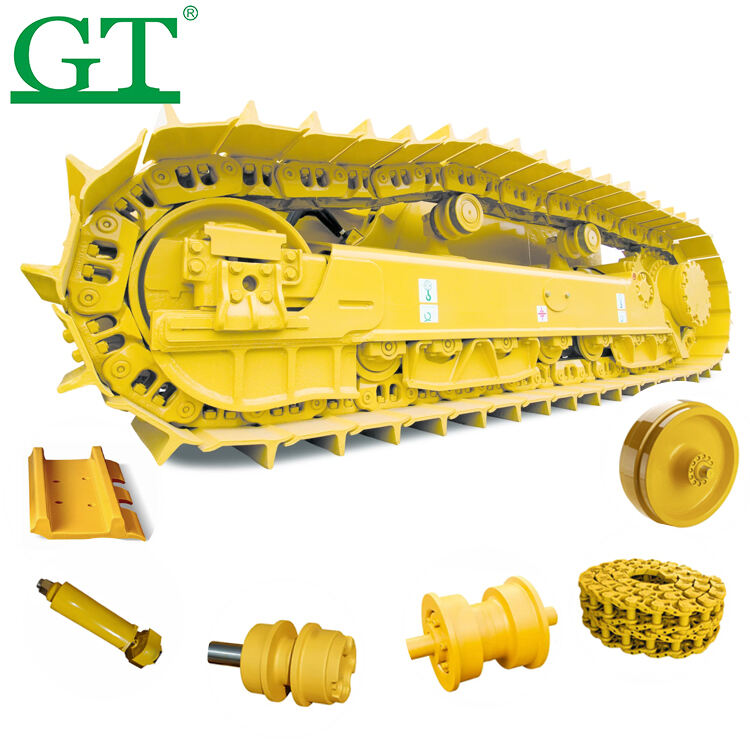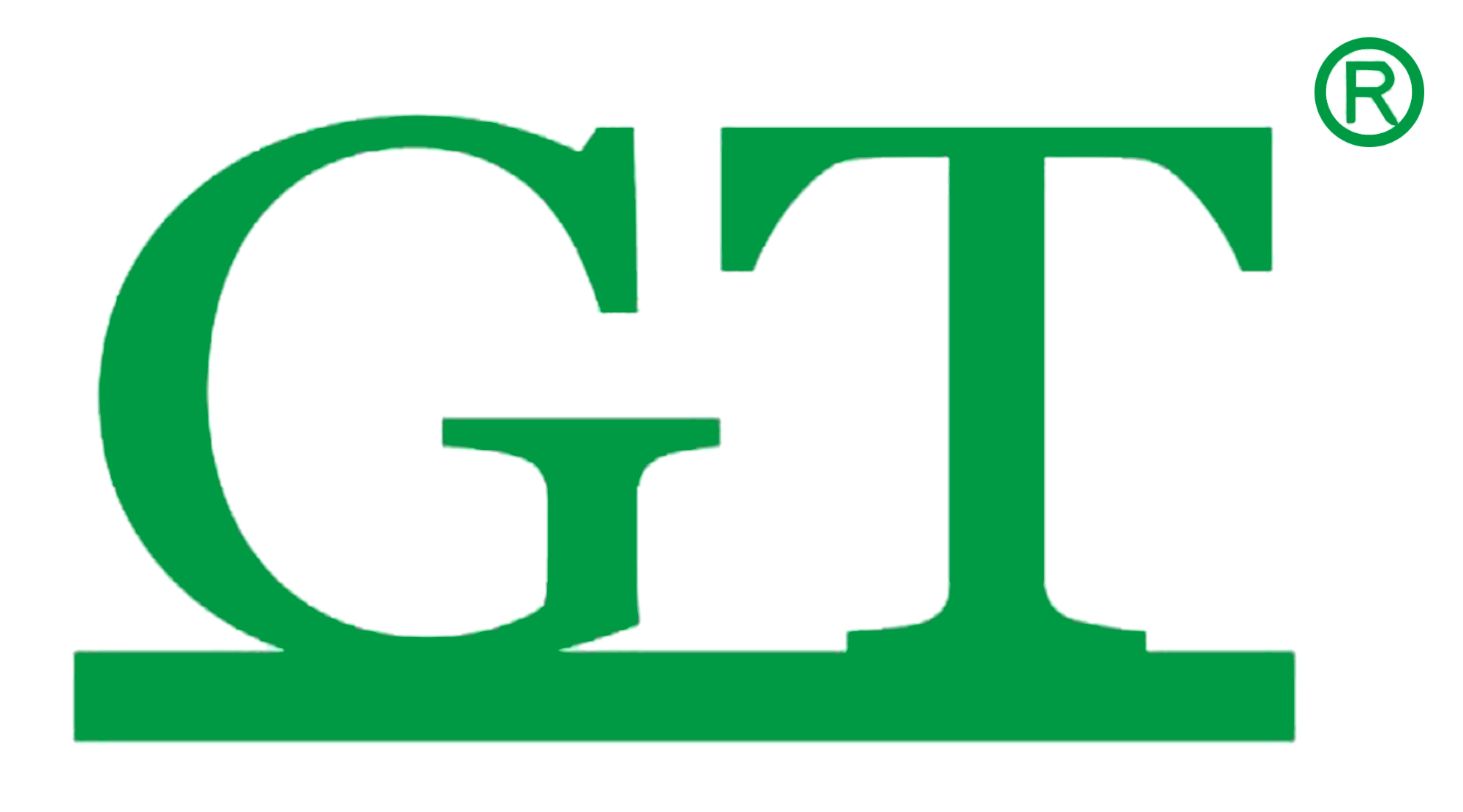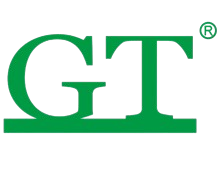Core Undercarriage Components and Their Functions
Track Chains: The Foundation of Load Distribution
With the track shoes carrying the load, chains constitute the central portion of the load bearing system, carrying the vehicle's weight and effectively distributing it over the track shoes. Heavy-duty interlocking design holds up to 2.5 millions PSI of compression to handle heavy weight loads even over rough, uneven ground. Heavy-duty chains feature hardened steel bushings to reduce friction, increasing wear resistance 30-40% over standard models. Incorrect or rusted chains and sprockets result in unequal force on pins, increasing the rate at which joints wear.
Rollers & Idlers: Maintaining Tension and Alignment
Carrier rollers support the overhead track section and prevent sagging, while bottom rollers distribute ground load forces. Track-end idlers help keep proper tension (± 15% tension of OEM specs) to prevent slippage and misalignment. Improper tension ‘calibration' is responsible for 62% of premature roller failure (Industry study 2024) Modern designs feature sealed bearing systems to lengthen service intervals and protect against abrasive particulates encountered in mining and construction.
Sprockets: Power Transmission Essentials
The sprockets transform torque from the hydraulic motors into track rotation by the precise interlocking of their teeth with those of the chain. More durable alloyed cast-iron (HRC < 55–60) with up to 3 TIMES longer cyclical-load resistance as compared to standard versions. Marks of use on sprocket teeth are preliminary symptoms of a chain to be misadjusted, 0.5 mm deformation of a tooth increases track slippage by 18%. Advanced models have heat-insulated dual-grooved lubrication reservoirs to maintain tooth integrity under prolonged use, minimizing heat-induced metallurgical changes.
How Poor Quality Undercarriage Parts Accelerate Failure
Premature Wear Patterns in Substandard Components
The undercarriage elements manufactured by Economy quality often showed consommations irregular for a utilization of 1,000 h. Friction hot spots are caused by material variations regarding budget amplitude components which are generated in regions of strong stress when the system is pivoted or loaded. These fatalities trigger cascades of destruction—mislaid idlers push the tracks to ride off-center while damaged bushings allow for metal-on-metal grinding that shaves down neighboring sprocket teeth. Industry level reporting such early degradation reduces component life up to 40-60%, compared to the performance of components ISO certified, at the same working environment.
Case Study: 47% Higher Replacement Frequency (Industry Data)
Forty‐two excavators equipped with economy‐tier undercarriage systems were monitored over multiple mining sites in a longitudinal field study. Results written-up and reported a difference in replacement rates of 47% over a 3 year period with lost downtime cost equating for $18k per machine per annum. Data validates that premature failure drives total ownership costs well past initial savings—poor rollers lasted 28% fewer hours than its premium counterparts and during its shorter life required 3.2× as many tension adjustments. This fast degradation cycle is a result of uneven heat treatment in production, which makes the most important parts vulnerable to stress cracks and metal fatigue while in severe conditions – such as mines.
Critical Maintenance Practices for Undercarriage Parts
Optimal Track Tension Calibration Methods
Correct track tension provides optimal load distribution and reduces wear. Chains that are too tight increase friction of rollers and bushings by 27%,while those that are too loose run the risk of jumping off the sprockets. Set it down with Manufacturer's approved mid-roller sag measurements -- generally 20-40mm for dozers. For shift that metal responds to cold reduction of size. Deploy electronic tension gauges for on-line control. Testing in the field demonstrates that optimum tension results in a 35% longer life for components than systems that are neglected.
Terrain-Specific Lubrication Protocols
Lubrication considerations prove to be sensitive to the environment. For corrosive deserts, apply high viscosity lithium complex grease after every 50 hrs of operation to fight against sand penetration. Corrosion-inhibiting synthetic will need to be reapplied every 2 weeks in wet environments. When frozen fingers are the problem, reach for cold-flow lubes that won’t solidify below -20°C, and never apply standard multipurpose grease in areas of extreme temp—they break down 60% faster at temperature extremes. Always clean off old lube and dirt prior to re lube so that there is no abrasive contamination.
Early Failure Detection Through Vibration Analysis
Vibration monitoring identifies component degradation before visible damage occurs. Baseline amplitude measurements establish healthy thresholds (0.5–2mm/s for rollers). Anomalies exceeding 15% baseline indicate:
- Imbalanced idlers causing track misalignment
- Bearing defects amplifying harmonic frequencies
-
Sprocket tooth wear generating irregular impulses
Portable analyzers detect these patterns during operation, enabling component replacement during planned maintenance. Proactive intervention reduces unplanned downtime by up to 40% while cutting repair costs by 28%.
Cost-Benefit Analysis: Premium vs Economy Undercarriage Parts

Total Ownership Costs Over 10,000 Operating Hours
Premium undercarriage components typically incur 15-20% higher upfront costs compared to economy alternatives, but demonstrate 35-50% lower total ownership expenses across 10,000 operating hours. Industry data reveals economy parts require 47% more frequent replacements due to accelerated wear in high-stress conditions. This recurring replacement cycle compounds costs through:
- 80-120% higher cumulative parts expenditure
- 45% increased labor requirements for installations
- Unplanned downtime penalties averaging $560/hour
Material quality directly dictates this cost divergence. Premium components utilize alloy steel with 550-600 Brinell hardness ratings versus 380-420 BHN in economy parts, reducing abrasive wear by 62% according to manufacturer testing.
Downtime Reduction Metrics from CAT Equipment Reports
Leading equipment manufacturers’ field reports demonstrate premium undercarriage systems reduce unplanned downtime by 60-75% compared to budget alternatives. These savings stem from:
| Performance Metric | Premium Parts | Economy Parts | Improvement |
|---|---|---|---|
| Service Intervals | 300-500 hrs | 150-200 hrs | +85% |
| Track Derailment Incidents | 0.2/month | 1.2/month | -83% |
| Bushing Seizures | 3/10k hrs | 5/10k hrs | -40% |
Operators using premium components recover initial cost premiums within 18-24 months through avoided productivity losses, with one surface mining operation documenting $2.7 million savings across 14 excavators during a 5-year asset lifecycle.
Future-Proofing Through Material Innovation
Borated Steel Alloys in Modern Track Links
Borated steel Track links are changing performance expectations with the introduction of boron micro additions into added to standard steel constituents. This premium metallurgical process, along with a heat-treating prcess increases the hardness of our G.E.T. by as much as 37% percent compared to any other steel G.E.T. Manganese is asomewhat ductile material during the smelting process, so this ductility combined with precise heat-treating make our Steel G.E.T. the hardest and more abrasion resistant avaialble anywhere in the industry. 31) The superiority of these alloy-corrosion resisting coatings is also proven in laboratory fatigue tests, where these coatings could resist 40% more cycles before crack initiation. Operationally, dynamic loads cause the boron diffusion process to create protective carbides at areas of stress. Users of heavy equipment using "borated" links show service life up to 30% longer and fewer unplanned breakdowns from mining and construction to other applications.
Sealed Lubrication Systems for Harsh Environments
Today's lubricated undercarriages protect them is by using systems that seal out early undercarriage wear with multiple layers of guards against environmental enemies. High tech labyrinth seals with the aid of hydrophobic agents produce barriers that prevent 98.7% of particles from passing, against silt, clay and slurry. They utilize thermally stabile, synthetic greases that replaces the noxious or caustic compounds found in other greases, and will not run off in extreme heat (up to 250 degrees-F) or turn brittle and flaky in the cold (down to -40 degrees-F). Test results show a 52-percent reduction in abrasive wear penetration along with a 63-percent decrease in slide friction in sub-zero environments when compared to other designs that feature exposed (not covered) grease. Sealed maintenance schedules need mechanical servicing only once a year, reducing service intervals by 75 percent and lifetime roller component life by more than 11,000 hours of operation; with lifetime measurements varying depending on system configuration.
FAQ
What are the main components of an undercarriage?
The main components of an undercarriage include track chains, rollers, idlers, and sprockets. These parts work together to distribute weight, maintain tension, and transmit power to the tracks.
How does poor quality affect undercarriage components?
Poor quality parts accelerate wear and tear, causing premature failure and frequent replacement. They also increase friction, misalignment, and metal-on-metal grinding, which reduces the lifespan and efficiency of the equipment.
What are the benefits of premium undercarriage components?
Premium components, though more expensive upfront, offer lower overall ownership costs, reduced downtime, and longer service intervals. They are made with superior materials that resist wear and environmental stressors.
How can maintenance practices extend the life of undercarriage parts?
Critical maintenance practices include optimal tension calibration and terrain-specific lubrication protocols. These methods help distribute load evenly, reduce wear, and prevent the premature failure of components.
What innovations are being made in undercarriage design?
Innovations include the use of borated steel alloys and sealed lubrication systems, which enhance durability and protect against environmental damage. These advancements lead to longer service life and fewer breakdowns.



